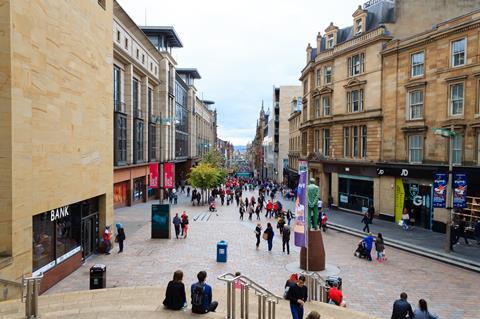
The largest retail, hospitality and leisure properties will pay £600m more in business rates from 2026, in a government policy pitched as helping the high street.
Under the Non-Domestic Rates Bill, which became law in April, business rates are set to rise for all commercial properties with a valuation above £500,000.
The additional tax collected will fund a cut to business rates for smaller properties in retail, hospitality and leisure (RHL), with a rateable value under £500,000.
The changes were billed by the government as a way to “level the playing field between the high street and online giants”.
However, the reforms would do more harm to retail than good, by adding £600m to the combined annual business rates bill for larger RHL properties, which often act as footfall anchors for smaller high street stores, claimed Colliers.
Larger shops including food stores, along with retail warehouses, will see £400m added to their annual business rates bill, according to analysis by the property consultancy.
About 90% of the property portfolios of Tesco, Asda and Sainsbury’s would be caught in the net of the higher rate, along with their larger suppliers, Colliers said.
The Grocer revealed in November last year that nearly 2,000 superstores and hypermarkets would have to pay the higher tax, which will add up to 10p to the business rates multiplier – an effective 20% tax increase.
The reforms will also disproportionately impact London’s West End. The area is the most exposed in Colliers’ breakdown of city centres according to the number of RHL properties caught by the higher tax.
Looking at retail alone, 335 west end shops are affected. Their combined annual business rates bill is projected to rise from £212m to £274m, an increase of £182,727 per shop.
Colliers head of business rates John Webber said the policy was “nuts”, coming at a time when the high street was already struggling after the increase this year in employer National Insurance contributions and the national minimum wage.
“Why does the government think it is sensible to hit the bigger retail, hospitality and leisure players – the ones that provide anchor tenants for the high street, attract footfall and create the jobs – by even more punitive business rates taxes?” Webber said.
“What we had hoped to see from Labour’s business rates policy was a lower multiplier across the board.
“Instead, we will have a system that is even more complicated and looks likely to damage rather than save the high street, stifling investment and growth.”
A business rates revaluation is due to come into effect at the same time as the reforms in April next year.
“Whilst we won’t know exactly what the new multipliers will be until the autumn budget, nor the actual rateable values of the properties in the new list until draft list is published at a similar time, there is no doubt there will be substantive rises for the sector,” said Webber.
“Businesses are therefore preparing for the worst and it would not be surprising if property expansion plans or hiring plans are put on hold.”
| City centre | Number of RHL properties with rateable value of £500,000 or more | Total rateable value |
|---|---|---|
|
BIRMINGHAM - CENTRAL |
25 |
£17,574,500 |
|
BRISTOL - CENTRAL |
11 |
£5,407,000 |
|
LEEDS - CENTRAL |
16 |
£10,146,000 |
|
LIVERPOOL - CENTRAL |
24 |
£16,105,000 |
|
LONDON KNIGHTSBRIDGE - CENTRAL |
56 |
£71,234,000 |
|
LONDON WEST END |
451 |
£495,101,500 |
|
NEWCASTLE UPON TYNE - CENTRAL |
14 |
£15,197,000 |
Source: Colliers

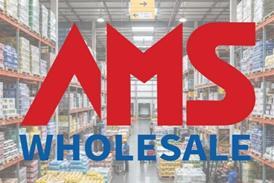







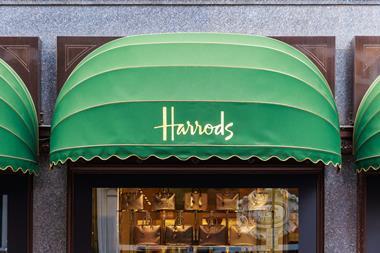

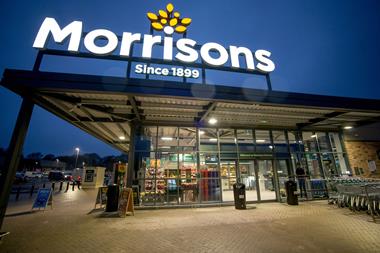






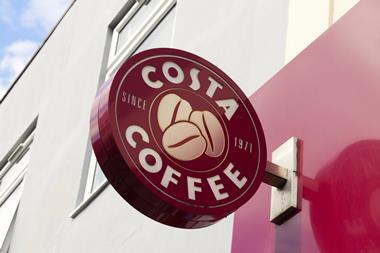
No comments yet